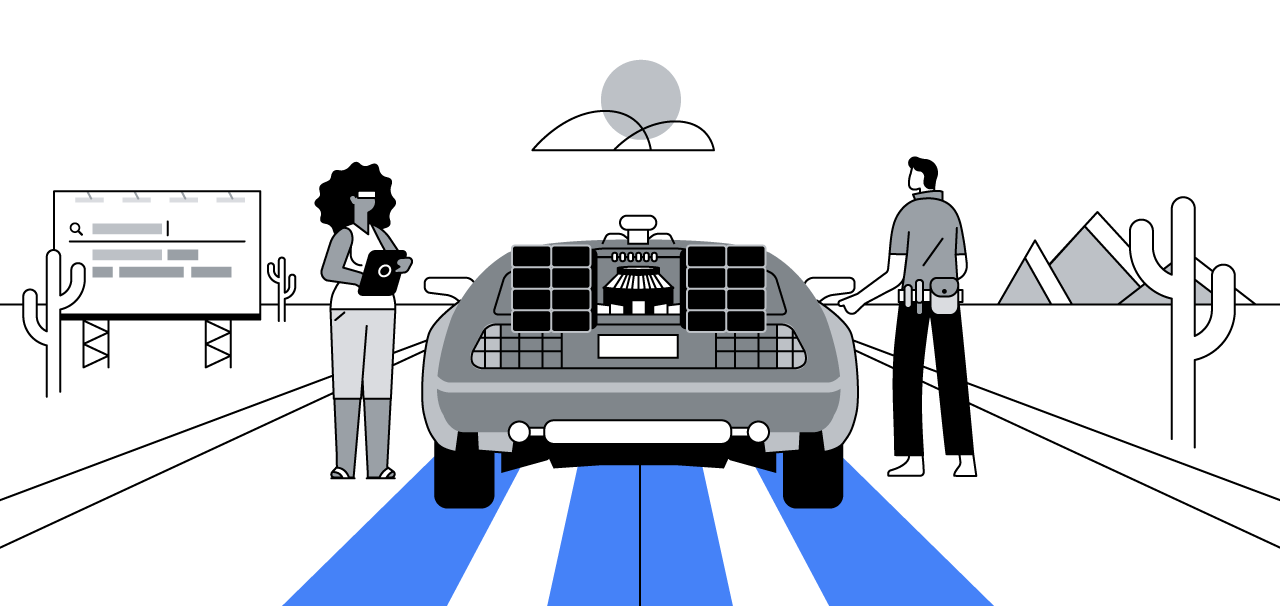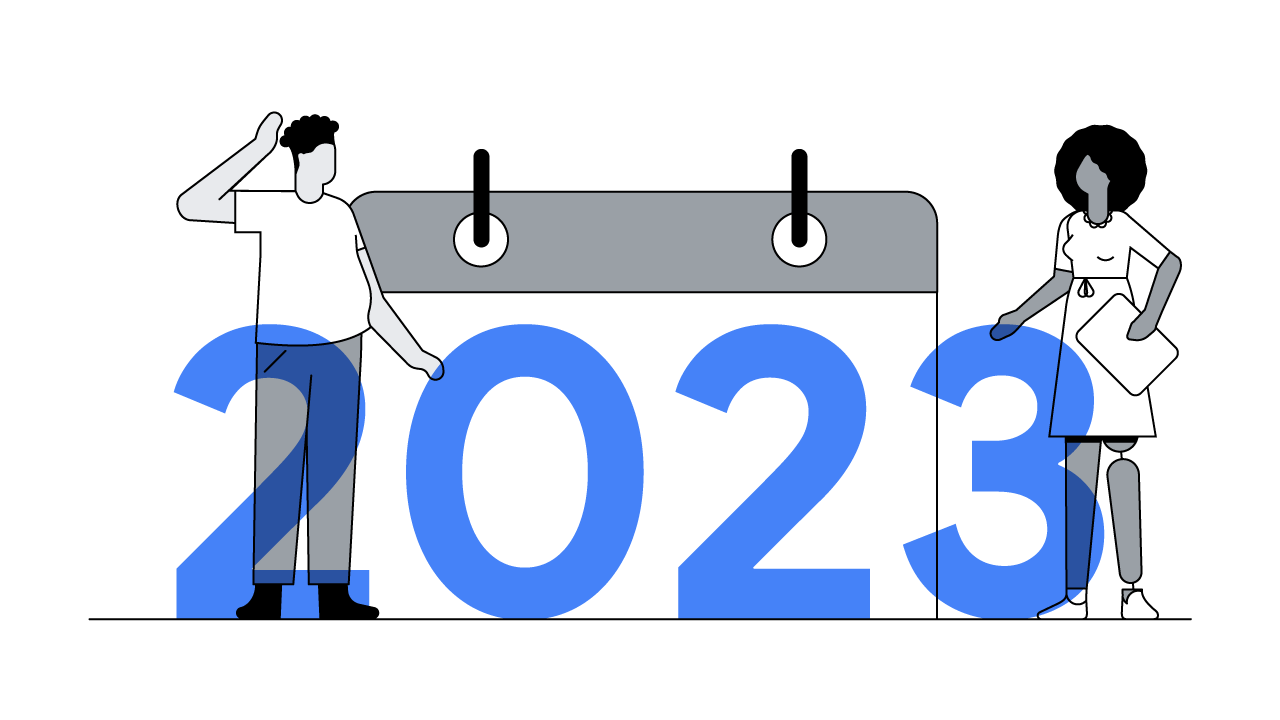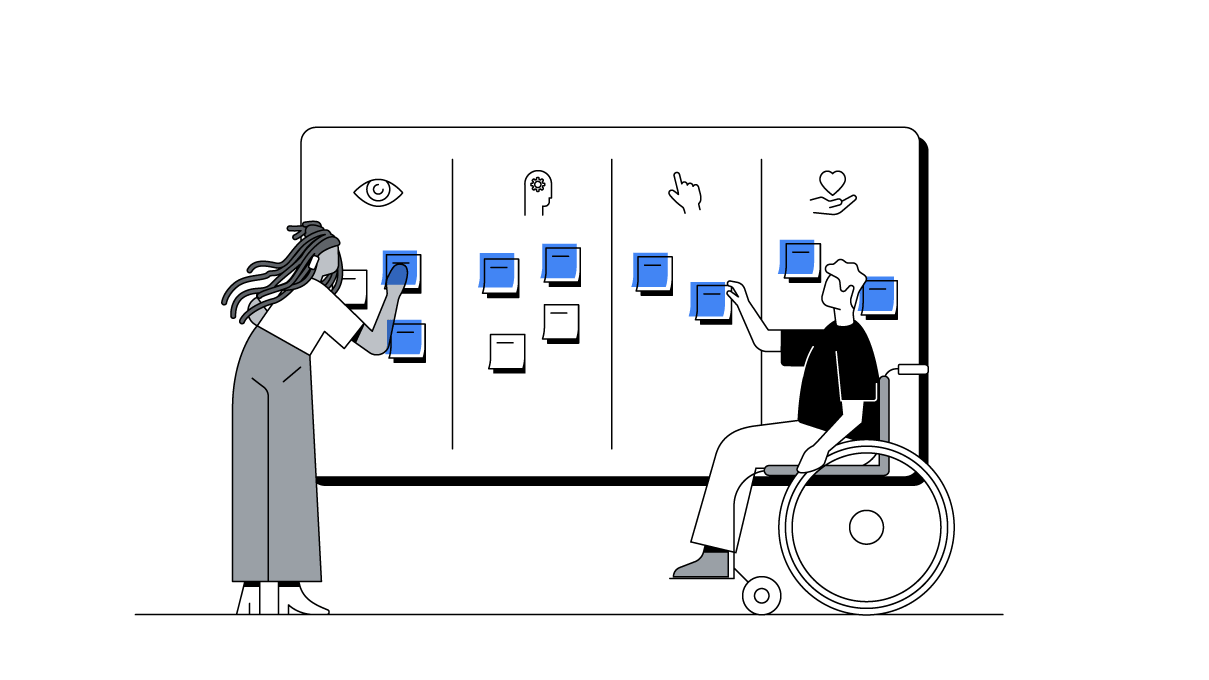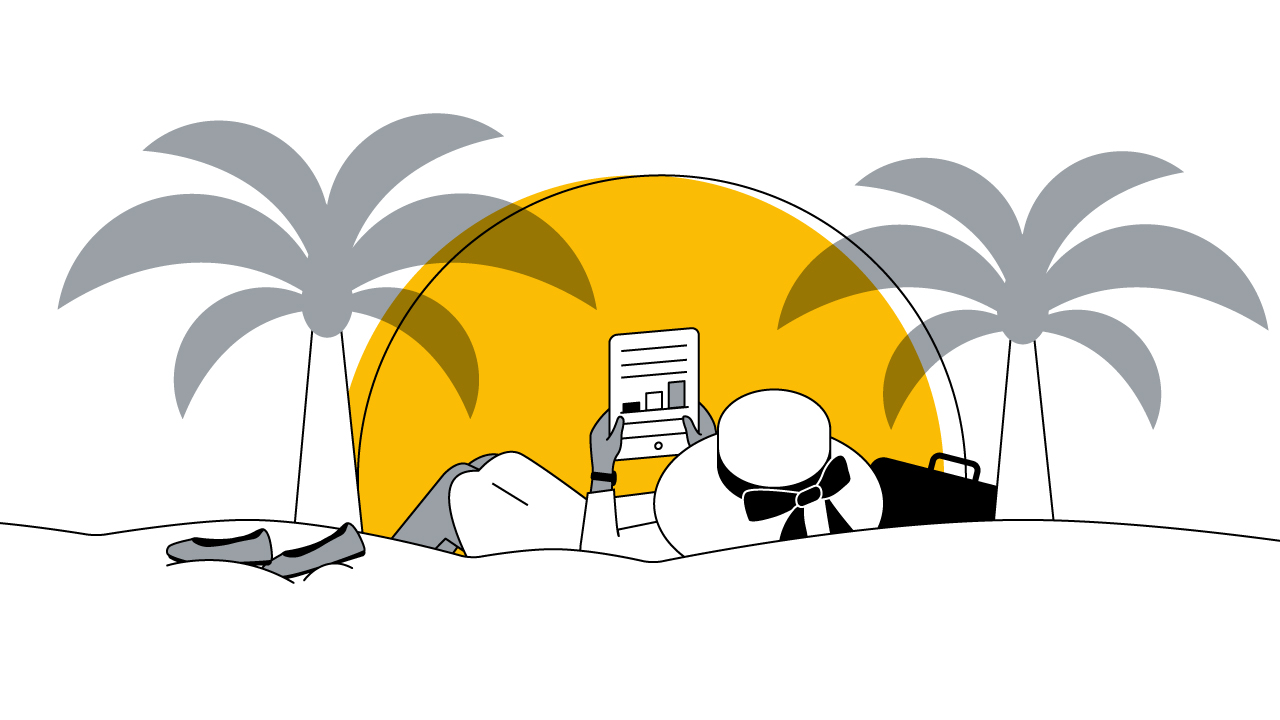If you’re planning to market your products or services to potential customers in regions or countries that speak a different language, you’ll need to ensure you tread carefully.
72% of consumers spend most of their time on websites in their own language1, so adapting your offering to their native tongue is crucial.
That also directly translates (no pun intended) to customer conversions, with 82% of shoppers saying they’re more likely to buy if promotional material is in their own language2.
Yet despite the case for localisation, ad clients say this is the number one operational hurdle in their export journey3.
Perhaps that’s not too surprising though, when you consider all the variables.
For instance, countries like Switzerland, Canada and South Africa are multilingual. And languages like Chinese, Arabic and Spanish all have various dialects you’ll need to cater for.
Fiddly, right?
To truly attract and convert shoppers, your site must reflect your customers’ culture and ways of talking. To achieve this, you have to do more than just translate your website – you have to localise it.
Translations vs localisation: Quelle est la différence?
Translation is the process of changing your content from one language to another.
But while that might be the fastest and most cost-effective solution in the short-term, you run the risk of your newly-translated words not making much sense to people.
For example, many words and phrases you take for granted in your own language, may not even exist in other countries. So translating your content word-for-word might not cut the mustard (yep, exactly).
Localisation, however, goes beyond direct translation by making locals feel like you’re actually speaking the way they do.
Mind your language
Depending on where you are with your global expansion, there are some simple checks you can run to make sure your words are hitting the spot.
- Is your landing page written in the local language? First impressions count, so you’ll need to make sure you’re welcoming visitors appropriately.
- Does your content have any grammatical/linguistic mistakes? If you’re not fluent, ask a trusted source to check this for you. Spelling errors, however minor, erode consumer trust.
- Is your value proposition clearly articulated, and using cultural specifics? Beware of cultural differences! You’ll need to get this right, or potential customers will quickly go elsewhere.
- Does your wording sound native and natural? Don’t solely rely on an online translation tool. How about running some focus groups with locals to see what they think? If not, ask a native speaker to review it for you.
You can find all the support you need to research local preferences and manage your multi-regional and multilingual marketing through several translation solutions, depending on the content you need to localise.
Market Finder has country-specific localisation guides to learn more about localisation when expanding your business to new markets abroad. You can even take a quiz to find out how prepared you are for localisation – and get helpful resources based on your results.





